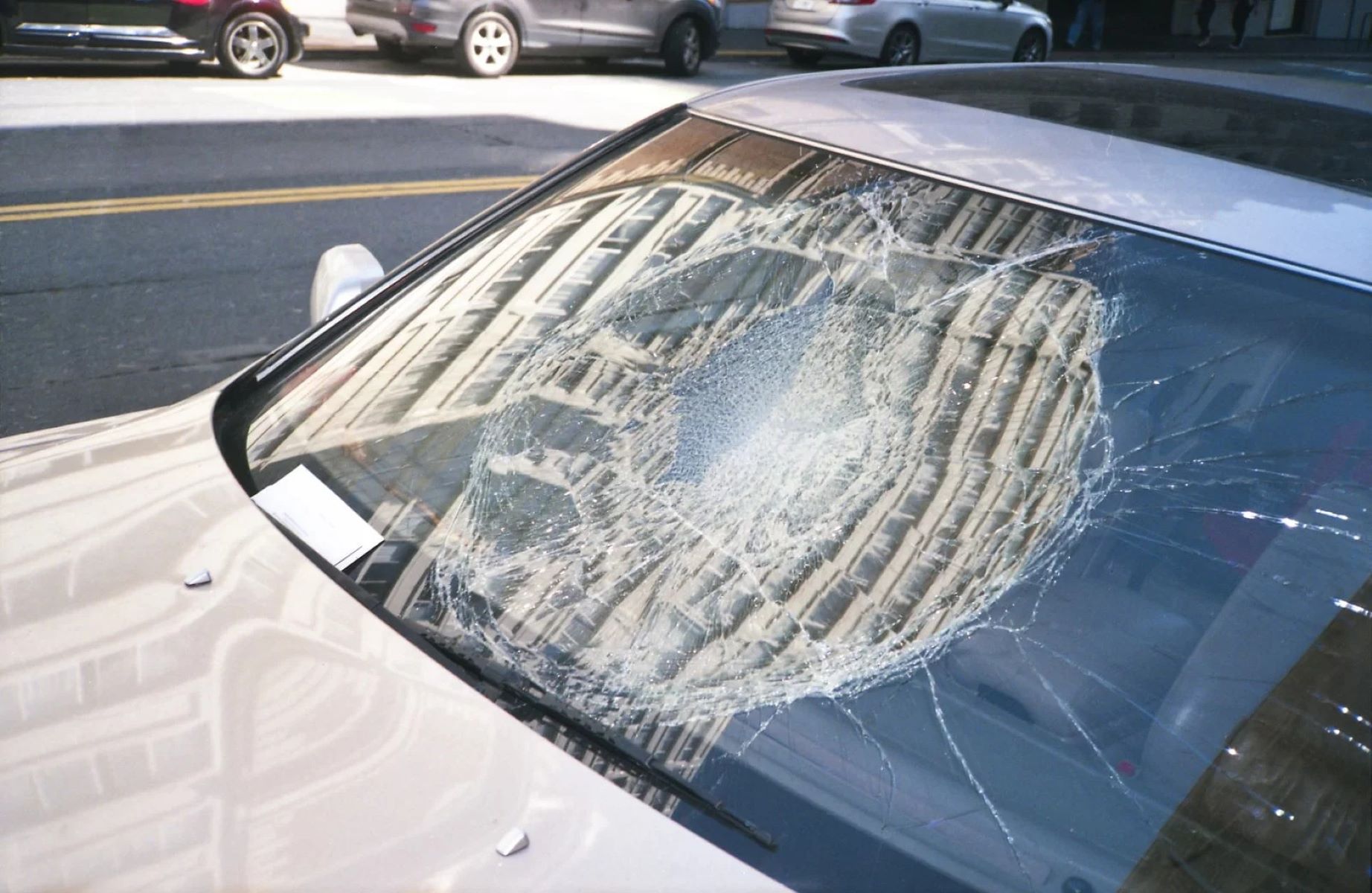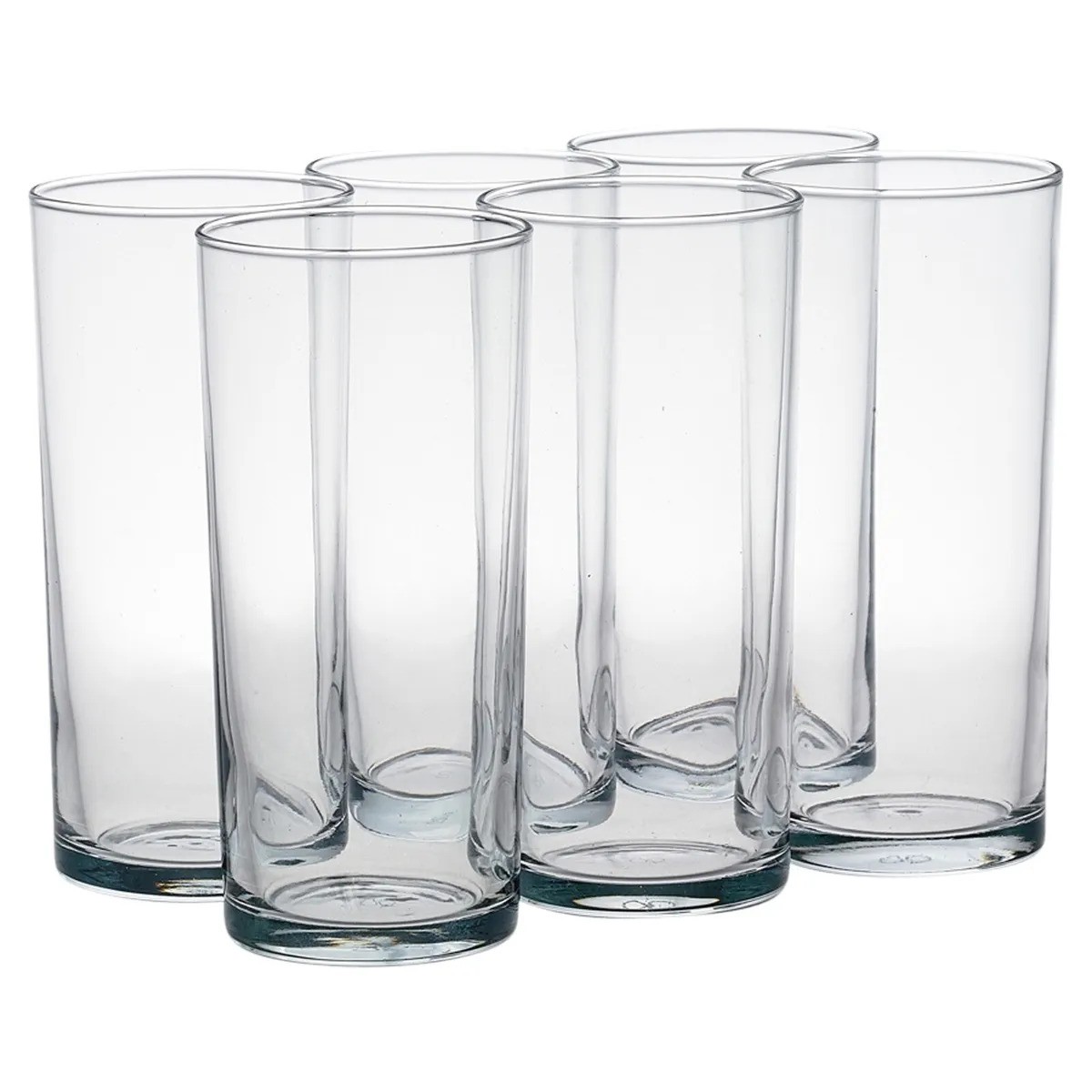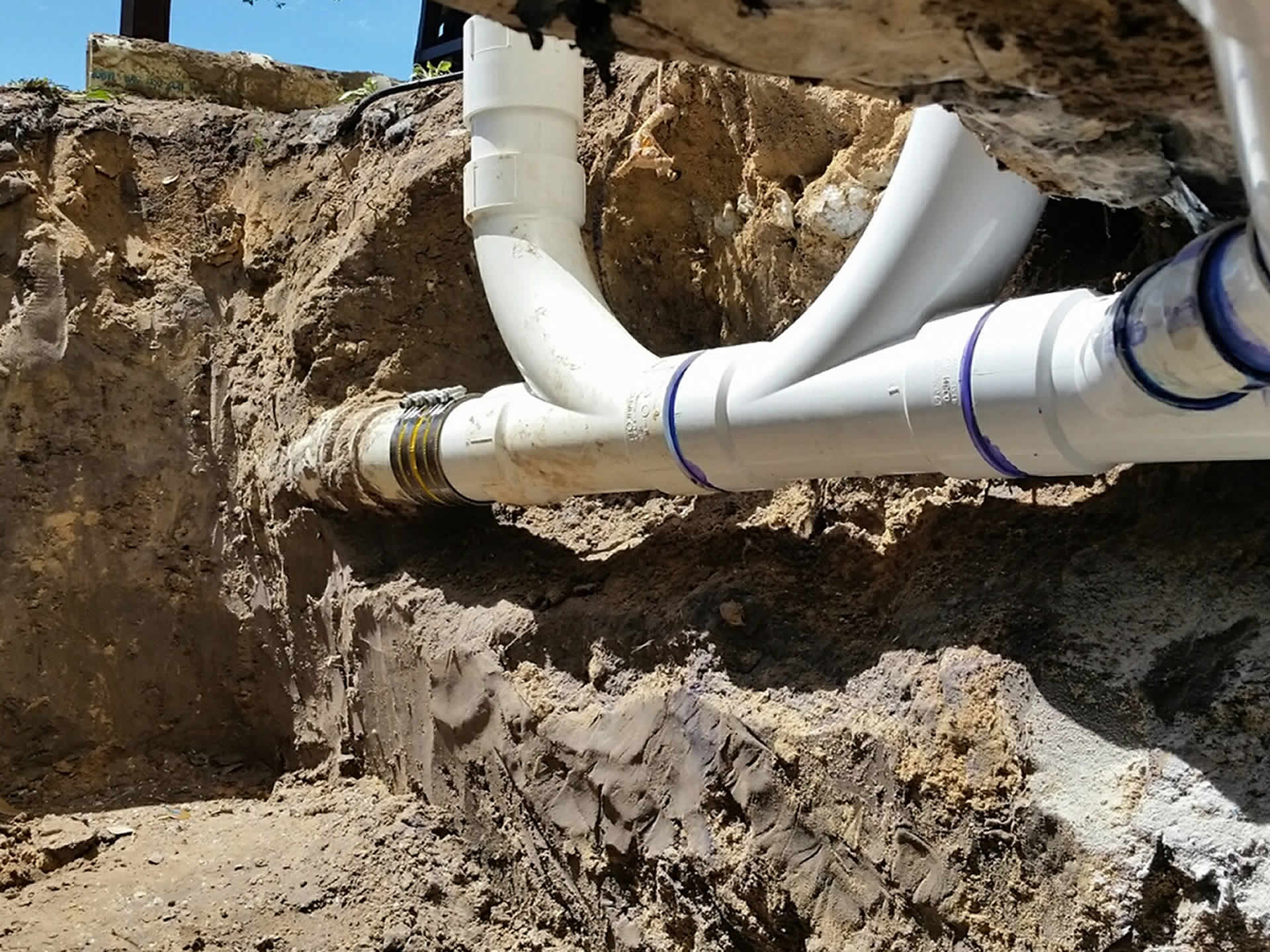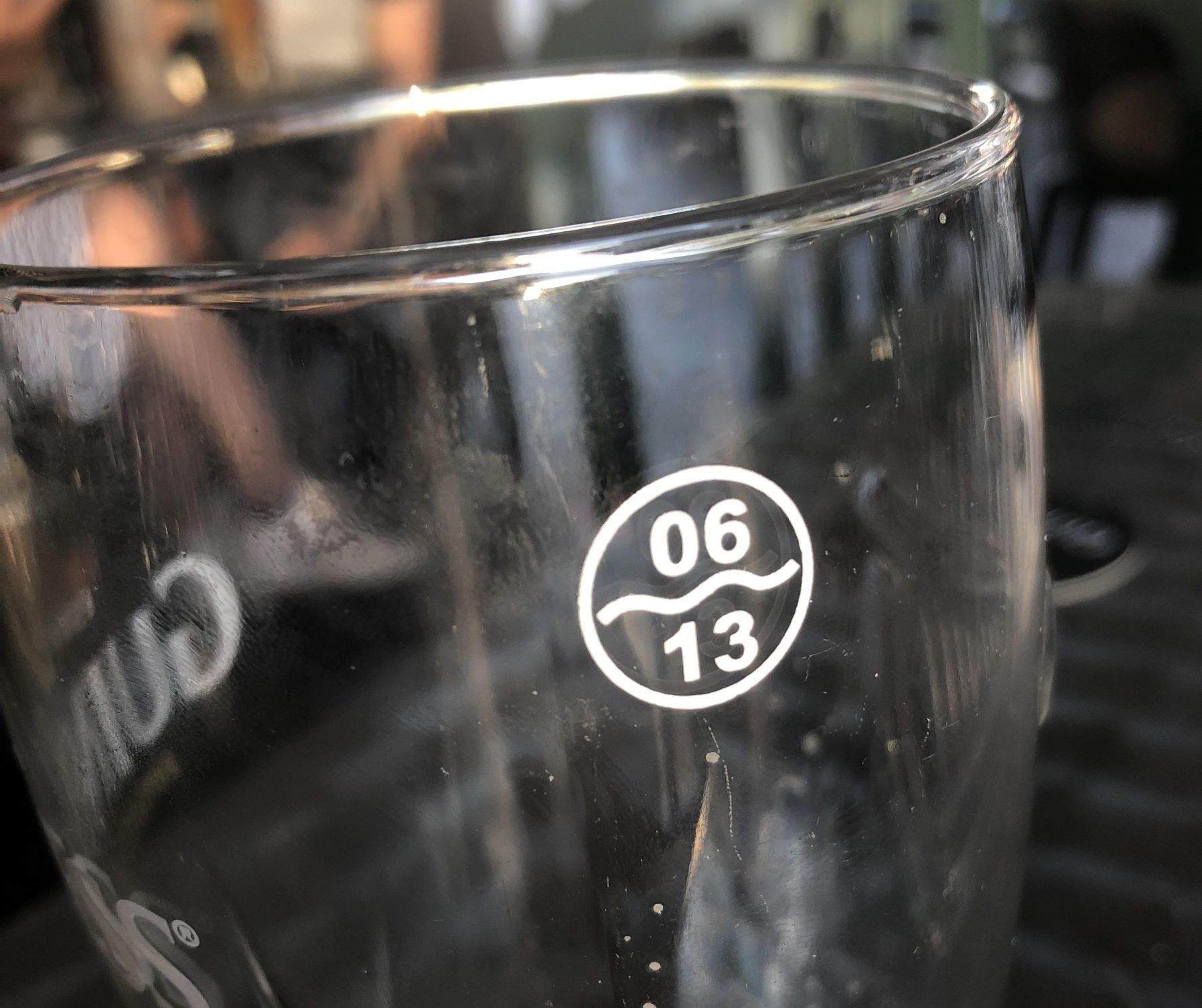Home>Furniture & Design>Interior Design Trends>What Does Full Glass Coverage Mean


Interior Design Trends
What Does Full Glass Coverage Mean
Modified: April 22, 2024
Learn what full glass coverage means and how it impacts interior design trends. Explore the benefits and considerations for incorporating this feature into your design projects.
(Many of the links in this article redirect to a specific reviewed product. Your purchase of these products through affiliate links helps to generate commission for Storables.com, at no extra cost. Learn more)
Introduction
When it comes to protecting your vehicle from unexpected mishaps, having the right insurance coverage is crucial. While most drivers are familiar with comprehensive and collision coverage, there's another essential component that often goes overlooked – full glass coverage. This specialized form of insurance is designed to safeguard your vehicle's windows and windshield, offering financial protection in the event of glass damage or breakage.
As a car owner, you're likely aware of the potential hazards that can lead to glass damage. From loose gravel on the road to inclement weather conditions, such as hailstorms, the risk of windshield cracks or shattered windows is a constant concern. Without adequate coverage, the cost of repairing or replacing damaged glass can be a significant financial burden. This is where full glass coverage steps in to provide peace of mind and financial security.
In the following sections, we'll delve into the specifics of full glass coverage, exploring its definition, inclusions, exclusions, benefits, and how you can add it to your existing insurance policy. By gaining a comprehensive understanding of full glass coverage, you'll be better equipped to make informed decisions about protecting your vehicle and your finances. Let's embark on this journey to unravel the intricacies of full glass coverage and its invaluable role in safeguarding your automotive investment.
Key Takeaways:
- Full glass coverage is a special part of car insurance that pays for fixing or replacing windows and windshields without making you pay a deductible. It gives peace of mind and saves money for car owners.
- Adding full glass coverage to your insurance is easy and helps protect your car’s windows. It’s a smart choice for drivers who want to avoid unexpected costs and keep their vehicles safe on the road.
Read more: What Is Full Glass Coverage
Definition of Full Glass Coverage
Full glass coverage, also known as glass insurance, is a specialized component of an auto insurance policy that provides financial protection for the repair or replacement of a vehicle's glass components, such as the windshield, side windows, and rear window. This type of coverage is designed to address the common risks associated with glass damage, including cracks, chips, and complete breakage due to various factors such as road debris, extreme weather conditions, and vandalism.
Unlike standard comprehensive coverage, which may include glass protection as part of its provisions, full glass coverage specifically focuses on ensuring that any damage to the vehicle's glass components is addressed without imposing a deductible. This means that policyholders can have their damaged glass repaired or replaced without incurring out-of-pocket expenses, making it a valuable addition to an auto insurance policy.
Full glass coverage is particularly beneficial for drivers who frequently encounter road hazards or live in areas prone to severe weather conditions. By safeguarding against the costs associated with glass repairs or replacements, this specialized coverage provides peace of mind and financial security, allowing vehicle owners to address glass damage promptly and efficiently.
In essence, full glass coverage serves as a safeguard against the unexpected expenses that can arise from glass damage, offering a layer of protection that goes beyond the standard provisions of comprehensive insurance. By understanding the definition and implications of full glass coverage, drivers can make informed decisions about enhancing their insurance policies to ensure comprehensive protection for their vehicles.
What Does Full Glass Coverage Typically Include?
Full glass coverage typically includes protection for various glass components of a vehicle, ensuring that policyholders are safeguarded against the financial implications of glass damage. The specific inclusions of full glass coverage may vary depending on the insurance provider and the terms of the policy, but there are common elements that are typically covered under this specialized insurance provision.
-
Windshield Repair and Replacement: One of the primary inclusions of full glass coverage is the repair or replacement of the vehicle's windshield. Whether it's a minor chip or a significant crack, this coverage ensures that the costs associated with addressing windshield damage are covered, allowing policyholders to address such issues promptly without bearing the financial burden.
-
Side Window Protection: Full glass coverage often extends to the side windows of the vehicle. This means that if a side window is damaged due to unforeseen circumstances such as vandalism or road debris, the policyholder can have it repaired or replaced without incurring out-of-pocket expenses.
-
Rear Window Coverage: In the event of damage to the rear window, whether due to accidents or acts of vandalism, full glass coverage typically includes provisions for the repair or replacement of the rear window, providing comprehensive protection for the vehicle's glass components.
-
No Deductible Requirement: Unlike standard comprehensive coverage, full glass coverage usually does not require policyholders to pay a deductible for glass repairs or replacements. This means that the costs are covered entirely by the insurance, alleviating the financial burden on the vehicle owner.
-
Additional Benefits: Some insurance providers may offer additional benefits as part of full glass coverage, such as coverage for sunroofs, glass roof panels, or specialized glass features that are increasingly common in modern vehicles. These additional inclusions further enhance the scope of protection offered by full glass coverage.
By encompassing these key elements, full glass coverage provides a comprehensive safety net for vehicle owners, ensuring that they are financially protected in the face of unexpected glass damage. This specialized coverage not only addresses the common risks associated with glass damage but also offers peace of mind and convenience by eliminating the financial barriers to timely repairs or replacements.
What Does Full Glass Coverage Typically Exclude?
While full glass coverage offers comprehensive protection for a vehicle's glass components, it's essential to understand that certain exclusions may apply. These exclusions delineate the specific scenarios or conditions under which the coverage may not apply, highlighting the limitations of this specialized insurance provision. By gaining insight into the typical exclusions of full glass coverage, policyholders can make informed decisions and manage their expectations regarding the scope of protection offered by this insurance component.
-
Pre-Existing Damage: Full glass coverage typically excludes pre-existing glass damage. This means that if the vehicle already has glass damage at the time of obtaining the coverage, the insurance may not cover the repair or replacement of the pre-existing damage. It's important for policyholders to address any existing glass issues before seeking full glass coverage to ensure that they are eligible for comprehensive protection in the future.
-
Commercial Use Exclusions: Some insurance providers may exclude full glass coverage for vehicles used for commercial purposes. This exclusion is often applicable to vehicles primarily utilized for business activities, such as commercial transportation or delivery services. Policyholders should review the terms of their insurance policy to ascertain whether this exclusion applies to their specific vehicle usage.
-
Specialized Glass Features: While full glass coverage encompasses the repair or replacement of standard glass components, it may exclude specialized glass features that are not integral to the vehicle's primary structure. Examples of such features include specialized tinting, decorative glass enhancements, or aftermarket modifications. Policyholders should be aware of the limitations regarding these specialized glass elements and consider alternative coverage options if necessary.
-
Deductible Waivers: In some cases, full glass coverage exclusions may pertain to deductible waivers for certain glass repairs or replacements. While full glass coverage typically eliminates the need for policyholders to pay a deductible, there may be exceptions based on the nature of the damage or the specific terms outlined in the insurance policy. It's advisable for vehicle owners to clarify the conditions under which deductible waivers may not apply to avoid any potential discrepancies.
By understanding these typical exclusions, vehicle owners can gain clarity on the limitations of full glass coverage and take proactive measures to address any potential gaps in protection. While full glass coverage offers invaluable benefits, being cognizant of its exclusions enables policyholders to make well-informed decisions and explore supplementary coverage options if necessary.
Benefits of Full Glass Coverage
Full glass coverage offers a myriad of benefits that extend beyond the financial protection it provides for a vehicle's glass components. By encompassing the repair or replacement of windshields, side windows, and rear windows without imposing a deductible, this specialized insurance provision delivers tangible advantages to policyholders.
Read more: What Does Glass Half Full Mean
Financial Security and Peace of Mind
One of the primary benefits of full glass coverage is the assurance of financial security in the face of unexpected glass damage. By eliminating out-of-pocket expenses for glass repairs or replacements, this coverage alleviates the financial burden on vehicle owners, allowing them to address glass damage promptly and efficiently. This financial security translates into peace of mind, as drivers can navigate the roads with the confidence that their glass components are safeguarded against potential hazards.
Timely Resolution of Glass Damage
Full glass coverage facilitates the timely resolution of glass damage, ensuring that vehicle owners can address issues such as windshield cracks or shattered windows without delay. This expedited resolution is particularly valuable in maintaining the structural integrity and safety of the vehicle, as well as preserving visibility for the driver. By enabling swift repairs or replacements, this coverage minimizes disruptions to the vehicle owner's daily routine and promotes a seamless automotive experience.
Enhanced Safety and Visibility
The benefits of full glass coverage extend to the realm of safety and visibility. A vehicle's glass components play a critical role in providing clear visibility for the driver and passengers, as well as contributing to the structural integrity of the vehicle. With comprehensive protection for windshields, side windows, and rear windows, this coverage enhances safety on the road by ensuring that any glass damage is promptly addressed, thereby preserving optimal visibility and structural stability.
Convenience and Hassle-Free Claims Process
Policyholders with full glass coverage benefit from a streamlined and hassle-free claims process when addressing glass damage. The elimination of deductibles for glass repairs or replacements simplifies the claims procedure, allowing vehicle owners to navigate the process with ease and efficiency. This convenience underscores the value of full glass coverage, as it minimizes the administrative complexities often associated with insurance claims, thereby enhancing the overall experience for policyholders.
Read more: What Does Full Cassette Awning Mean
Comprehensive Protection Against Common Risks
By encompassing the repair or replacement of various glass components, full glass coverage provides comprehensive protection against the common risks associated with glass damage. Whether it's road debris causing windshield chips or inclement weather leading to cracked windows, this coverage ensures that policyholders are shielded from the financial implications of such occurrences. This comprehensive protection underscores the invaluable role of full glass coverage in safeguarding a vehicle's glass components and the financial well-being of the owner.
In essence, the benefits of full glass coverage extend far beyond the realm of financial protection, encompassing safety, convenience, and peace of mind for vehicle owners. By understanding and leveraging these benefits, drivers can enhance their insurance policies and fortify their vehicles against the uncertainties of glass damage.
How to Add Full Glass Coverage to Your Insurance Policy
Adding full glass coverage to your existing insurance policy is a straightforward process that can significantly enhance the protection offered for your vehicle's glass components. To initiate this valuable addition to your insurance coverage, follow these essential steps:
-
Contact Your Insurance Provider: Begin by reaching out to your insurance provider to inquire about the availability of full glass coverage as an add-on to your existing policy. This can be done through a phone call to your insurance agent or by visiting the insurance company's website to explore the coverage options.
-
Review Policy Terms and Conditions: Take the time to review the terms and conditions of your current insurance policy. Understanding the existing provisions and coverage limits will provide clarity on how full glass coverage can complement your overall insurance protection.
-
Inquire About Coverage Details: Engage in a discussion with your insurance provider to gain a comprehensive understanding of the specific inclusions, limitations, and benefits associated with full glass coverage. Inquire about the extent of coverage for windshields, side windows, rear windows, and any additional glass components.
-
Evaluate Cost and Premium Impact: Assess the cost implications of adding full glass coverage to your insurance policy. Inquire about any potential adjustments to your premium and evaluate the affordability of incorporating this specialized coverage into your existing policy.
-
Confirm Deductible Requirements: Clarify whether full glass coverage eliminates the need for deductibles when addressing glass repairs or replacements. Understanding the deductible requirements, or the lack thereof, will provide insight into the financial implications of utilizing this coverage.
-
Request Policy Amendment: If you decide to proceed with adding full glass coverage to your insurance policy, request a policy amendment from your insurance provider. This may involve signing updated documentation or electronically confirming the addition of this specialized coverage.
-
Update Insurance Documentation: Upon the successful addition of full glass coverage, ensure that your insurance documentation reflects this enhancement. Review your policy documents and insurance ID cards to verify that full glass coverage is accurately included in your coverage details.
By following these steps, you can seamlessly integrate full glass coverage into your existing insurance policy, bolstering the protection for your vehicle's glass components and enhancing your overall peace of mind on the road. With this specialized coverage in place, you can navigate the uncertainties of glass damage with confidence, knowing that your financial security and automotive well-being are safeguarded.
Full glass coverage typically refers to an auto insurance policy that covers the cost of repairing or replacing your vehicle’s glass, such as the windshield, without requiring a deductible. It’s important to review your policy to understand the specific coverage details.
Conclusion
In conclusion, full glass coverage stands as a pivotal component of an auto insurance policy, offering invaluable protection for a vehicle's glass components. By encompassing the repair or replacement of windshields, side windows, and rear windows without imposing a deductible, this specialized coverage provides financial security, convenience, and peace of mind for vehicle owners. The benefits of full glass coverage extend beyond mere financial protection, encompassing enhanced safety, timely resolution of glass damage, and a streamlined claims process.
As drivers navigate the roads, the risk of glass damage due to road hazards, inclement weather, or unforeseen circumstances is an ever-present concern. Full glass coverage serves as a safeguard against these uncertainties, ensuring that policyholders can address glass damage promptly and efficiently without bearing the financial burden. This not only preserves the structural integrity and safety of the vehicle but also promotes uninterrupted visibility for the driver and passengers.
The process of adding full glass coverage to an existing insurance policy is straightforward, empowering vehicle owners to fortify their insurance protection and enhance their automotive well-being. By engaging with their insurance providers and evaluating the specific details of this coverage, drivers can make informed decisions that align with their needs and preferences.
In essence, full glass coverage represents a proactive approach to mitigating the potential financial implications of glass damage, offering a layer of protection that complements the standard provisions of comprehensive insurance. As vehicle owners seek comprehensive protection for their automotive investments, the inclusion of full glass coverage emerges as a prudent and beneficial choice.
By understanding the definition, inclusions, exclusions, benefits, and the process of adding full glass coverage to an insurance policy, drivers can navigate the complexities of insurance offerings with confidence and clarity. With this specialized coverage in place, they can embark on their journeys with the assurance that their vehicles' glass components are safeguarded against the uncertainties of the road.
In the realm of automotive insurance, full glass coverage stands as a testament to the proactive measures that drivers can undertake to fortify their financial security and preserve the integrity of their vehicles. As the automotive landscape continues to evolve, the inclusion of specialized coverage options such as full glass coverage underscores the importance of adapting insurance policies to meet the evolving needs of vehicle owners.
Frequently Asked Questions about What Does Full Glass Coverage Mean
Was this page helpful?
At Storables.com, we guarantee accurate and reliable information. Our content, validated by Expert Board Contributors, is crafted following stringent Editorial Policies. We're committed to providing you with well-researched, expert-backed insights for all your informational needs.














0 thoughts on “What Does Full Glass Coverage Mean”